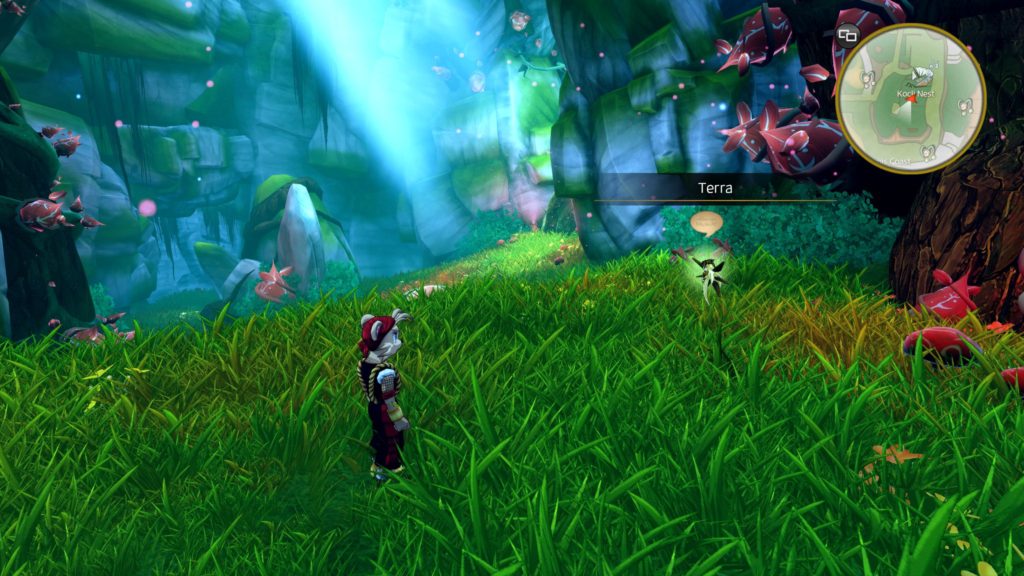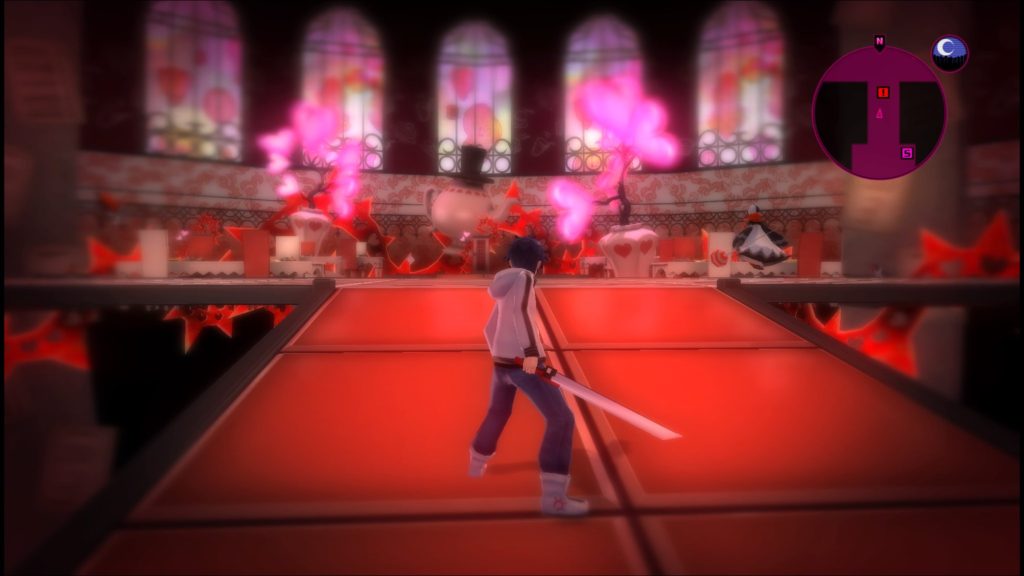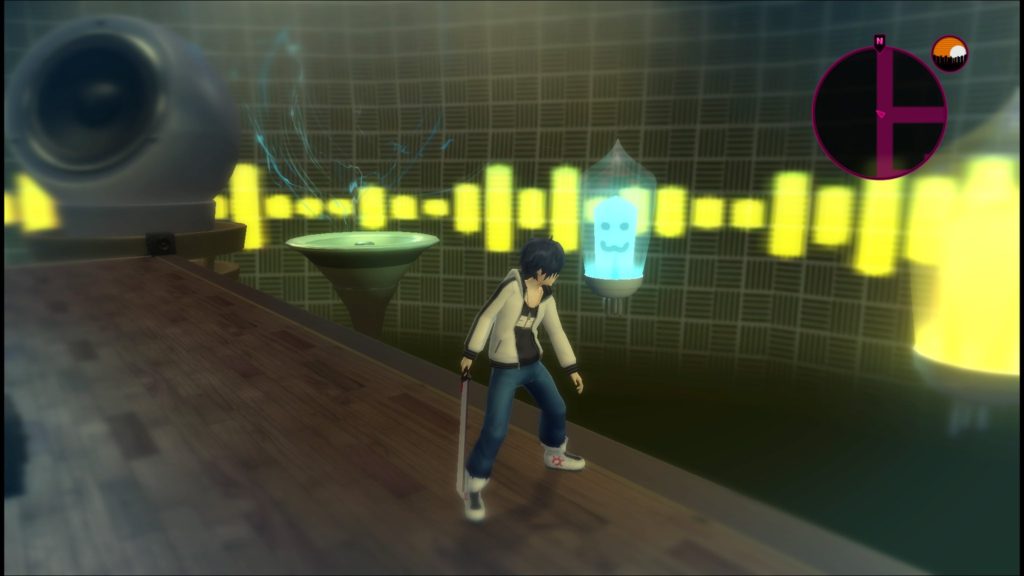- Genre: ARPG
- Platform: 3DS
TL;DR
- Simple, but entertaining combat reminiscent of developer’s previous work on Mana series
- Nice city management/maintenance systems based around shop upkeep through resource gathering
- Tedious party swap system made questionable by ability to warp back to town at any point
This is the latest game by Grezzo, a studio let by the the creator of the Manas series. It’s easy to see the influences of those games when playing Ever Oasis. Ya, it’s in 3D, and ya there’s a city management layer there, but the core of the game is still killing things and gathering resources in real time. The battle system is a simple affair, based largely on minimizing damage instead of doing flashy combos, and it generally works really well. While there’s definitely some tedious problems when swapping in and out characters for specific skills while exploring, the game largely ends up being a fun affair throughout.
Since this is an ARPG, combat itself is the obvious focus, and it’s here that a lot of the connection to the Mana series shows up. Like that series, the actual combat is pretty simple, in this case having (effectively) only a weak and strong attack button. Ya there’s some basic combos to throw, and some passive skills that can be gained, but the core is based around just laying in some attacks. Where this really separates from its base source is the addition of lock on and dodge rolls, both things that are to be expected in 3D games at this point, but add a lot of life to the game. Particularly in boss battles, it becomes a quick job of learning the handful of attacks, then consistently executing on the appropriate attack->dodge sequences to minimize damage taken, while maximizing how far into your combo you get for the best damage. In that sense, the combat is more about reducing damage to a optimizing DPS while keeping damage to a minimum, rather than just simply wailing on enemies like a lot of ARPGs tend to go. While it is ultimately simple, it’s a hell of a lot of fun, and each little fight has its own nuances to learn.
Killing enemies and finding resources in the environment via this system then feeds back into the second core part of the game, the oasis management. This is a pretty hefty system that players can either dip their toes into for progression purposes, or really get deeply involved in as a main task. This basically breaks down into three sections; finding new residents, opening new shops, and growing the shops through resource gathering. The systems in place here end up in a pretty satisfying loop. You’ll gather a clue about the whereabouts of a new potential resident, find them while out exploring, have them visit your town, hit some checklist of things for them to move in, then in many cases working with the resident to start and grow and maintain the shop. Where I really dug into this was in the eventual use of non-shop characters to maintain my resource gathering. Groups of non-shop owners could be sent out of monster kill or resource gather missions, supplementing the exploration I was doing and allowing for me to rapidly grow my oasis without falling behind on maintaining the shops that already exist.
The resources also supplemented the gear system, which is entirely based around crafting. While there are some options to purchase some base weapons from merchants, the vast majority of gear is crafted via specific resources. This further positively reinforced the need to invest in the shop and resident systems, giving you more potential AI explorers, more reason to keep resources, and most importantly more reason to be out exploring new areas. Unfortunately, the exploration is where the biggest flaw of the game came into place, specific to the party management.
The short version here is that other than the main character you can only bring 2 residents out of the oasis at a time, and the party can only be changed while in the oasis. The problem here is that each character has a skill that allows them to take a specific action in the field. There’s ends up being about 10 different skills that can be used, ranging from resource gathering (mining, digging, etc), traversal (clear cobwebs, hammer through boulders, etc), or puzzle solving (turn into a ball to fit through holes). This means you often have to pick between having practical traversal groups over resource gathering groups. Unfortunately, it’s often the case that you need more than the two skills allowed.
The fact that the party swap mechanic is in place is questionable given the main character has a teleport back to town that can be used at any time. This is further confusing in the fact that the player can then immediately warp back to the exact location they just left once the party swap has been done. While there are benefits to returning to town at any one point (Ex: XP is only gained when returning to town), the party swap could have been something done at any time, eliminating a serious drag on the game pace, while still keeping the other benefits to returning to town in place.
Fortunately the tedium of swapping party members did not present a huge barrier in completing the game. Combat was still fun. The oasis building mechanic and areas around it were still engaging. The fact that I had to actively go after resources to build out my gear set also meant that I was actively engaged in exploring for specific things while out in the field. Overall it seems like a fairly natural progression to the gameplay present in the Mana series, even if there are some things to be smoothed out in the next title.





